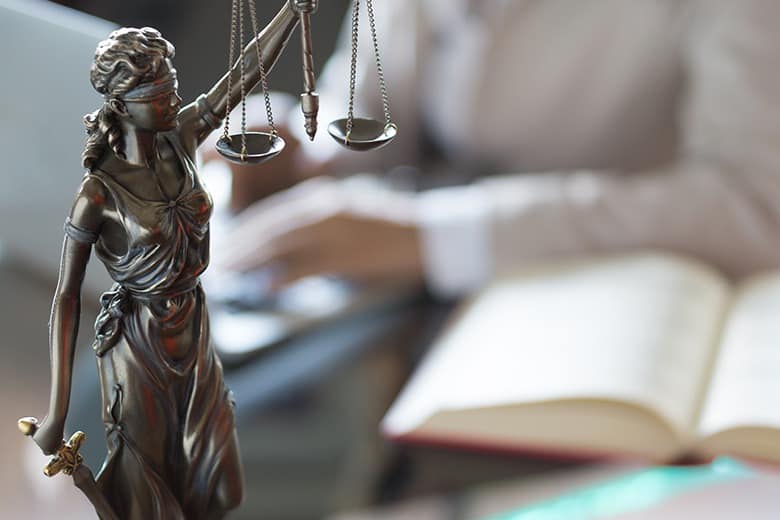Cheer is an evolving sport. As such, parents, coaches, and cheer athletes should expect and demand the kinds of training and equipment that can keep injuries to a minimum. Injuries like those experienced by:
- Bethany Norwood, a Texas cheerleader who was paralyzed in 2004 when her teammates failed to catch her after tossing her in the air. A squad member told Norwood’s father that the squad was practicing without the supervision or assistance of a coach or adviser. Norwood subsequently died of complications from the injury.
- Elizabeth Knicks, a cheerleader from California, who toppled to the ground during a pyramid-style stunt. She landed on her head, and ended up with massive brain damage, retardation, and paralysis. Knicks can no longer eat or walk on her own.
- Jessica Smith, a 4-foot-11-inch cheer “flyer” who was paralyzed from the waist down. According to sacmag.com, the injury occurred during a practice session with the squad at Sacramento City College. She was asked to perform a new trick requiring her to perform an airborne handstand, be caught belly down and then thrown again before landing in the arms of her teammates. But things went awry when the cheerleader whose head she was being hurled over lost his balance, leaving Smith wide open to sail down from a height of some 15 feet.
- Laura Jackson, who was paralyzed from the neck down after trying to perform a back tuck, but landing on her head. According to Jackson, there was no spotter during the stunt, even though coaches were present.
Questions Parents Can Ask
Dr. Amy Miller Bohn, a physician with the University of Michigan Health System, suggests that parents of cheer athletes can play a role in helping to prevent severe injuries. They should ask questions about:
- The coach’s experience
- What type of athletes the coach has worked with
- Whether coaches have experience with gymnastics stunt work
- What the plan for the squad is
- What types of activities the squad will be asked to perform
- Who will be supervising the practices
- Where activities will be performed
- What type of safety equipment will be available during practices
According to an article in U.S. News & World Report, parents should check out the practice space to make sure it is safe. Foam mats should always be used for training. Stunts should not be practiced on a hard basketball gym floor. Spotters should stand by when a new stunt or gymnastic move is being learned—that’s trained and competent spotters, not another teenage girl just learning the routine. In addition, if your child’s coach expects a high level of gymnastic ability, consider supplemental lessons at a certified gymnastics gym, rather than relying on cheerleading practice alone.
According to nationally recognized cheer safety expert Rusty McKinley:
Safety, first and foremost, will allow any athlete to reach his or her physical and mental potential. Only when athletes recognizes that the Coach/Leadership values safety will they feel safe enough to give their best efforts.
This is an important issue, with potentially devastating results for cheer athletes who are not given the appropriate training and protections. Perhaps in the next opportunity, the courts will finally see what seems obvious: Cheerleaders are athletes.
